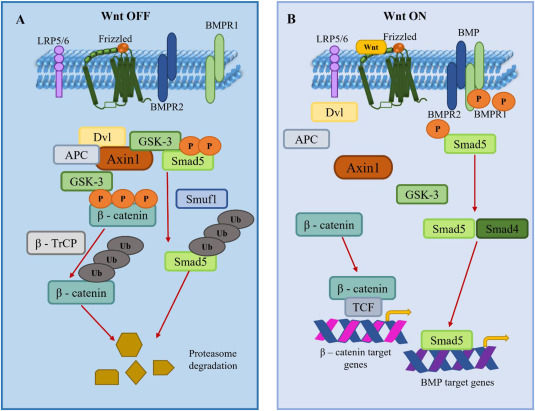
Genetics, epidemiology and management of clubfoot and related disorders


Clubfoot, medically termed congenital talipes equinovarus (CTEV), is a prevalent musculoskeletal birth defect, affecting approximately 0.3% of all live births. This serious congenital anomaly results from structural abnormalities in the foot and lower leg, leading to abnormal positioning of the ankle and foot joints. This review provides a comprehensive overview of the causative factors associated with CTEV and evaluates current therapeutic approaches. Although variations in genes encoding contractile proteins of skeletal myofibers have been proposed as contributors to the etiology of CTEV, no definitive candidate genes have been conclusively linked to increased risk. However, genes such as TBX4, PITX1, and members of the HOXA, HOXC, and HOXD clusters, as well as NAT2, have been implicated in the condition’s development, playing critical roles in limb development, muscle formation, and tissue differentiation. Also, Axin1 plays a key role in joint formation and skeletal development by inhibiting β-catenin-BMP signaling. It could significantly serve as a therapeutic target for fibular hemimelia and multiple synostoses syndrome. The exact mechanisms and the extent of their physical and genetic interactions remain subjects of ongoing research. Understanding the genetic determinants and cellular pathways involved in CTEV is crucial for unravelling the pathophysiology of this complex deformity.
